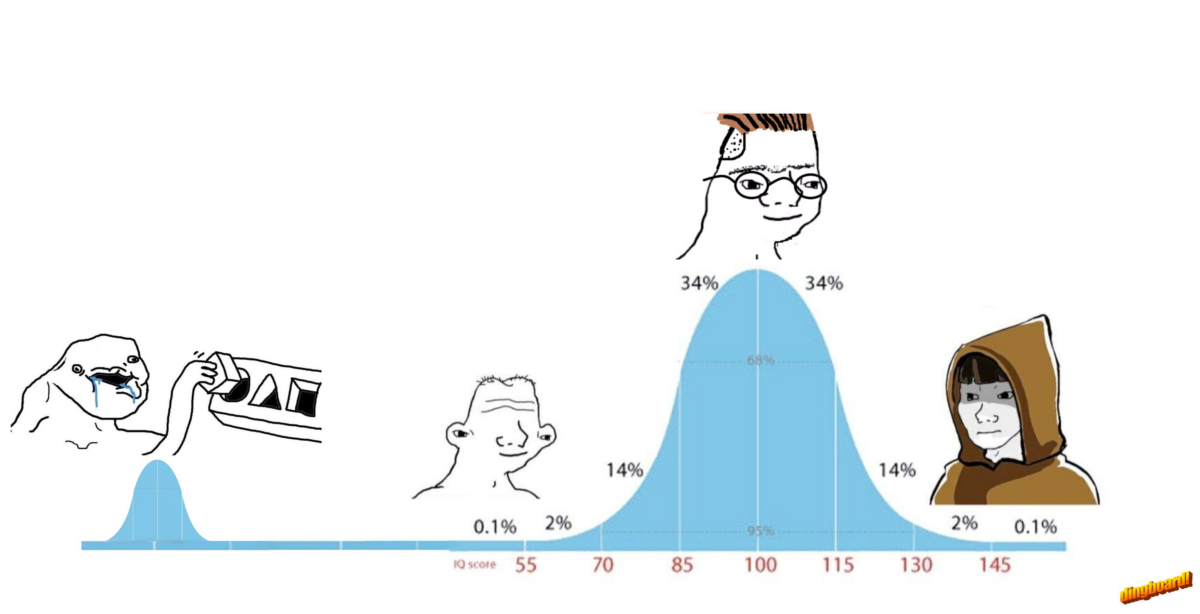INTERNET — Fans mourn the loss of Justin Bieber, who was found dead in his Beverly Park mansion Sunday afternoon. Bieber sold over a trillion records and held the world record for securing the Teen Choice Awards 18 years in a row. Bieber was 31 years old.
Los Angeles Police Chief Jeff Sable told reporters at an impromptu press conference, “Our mortician says he ain’t seen a body this pickled since Michael Jackson. We found enough Fentanyl in his fingernail to wipe out an elementary school.”
A gaggle of screaming Bieber fans wailed and gnashed their teeth upon the pavement, with over a dozen arrested for slashing their wrists open at the announcement of his death.
“Foul play is never out of the question!” Chief Sable smiled as unruly fans were carted off to prison, “And I’m sure we’ll be looking into this one for the next fifty years, a tragedy even greater than Elvis.”
Staring into the camera and entirely breaking the fourth wall, the career law enforcement man’s eyes widened, “There’s a lot more going on here than we’re ever going to know. I’ll tell you what, he looked like a porcupine when we pulled him outta that bed of heroin needles.”
Meandering off topic, Sheriff Sable put out a stark warning to the public that law enforcement was looking to pad out its prison populations. Peering over his lectern, eying the people like sheep in need of shearing, the words smacked his salivating lips, “Y’all teenagers out here today, if you think you can get away with throwin’ popcorn at the movie theaters, think again. My men are at the ready at every movie theater within fifty miles of here, and I locked up twenty of you yesterday. We will put vandals away and make money doing it.” He sighed, speaking to himself, “Our prisoners all got sent off to El Salvador and the prisons are in the red, we’re just looking for anything, any crime anywhere, just so we can keep the doors open.”
The sheriff snapped out of his dissociative murmring and brandished his sidearm, reassuring the crowd of his authority. “You ain’t got nothin’ to fear if ye just do as I say. Now get on out of here!”



